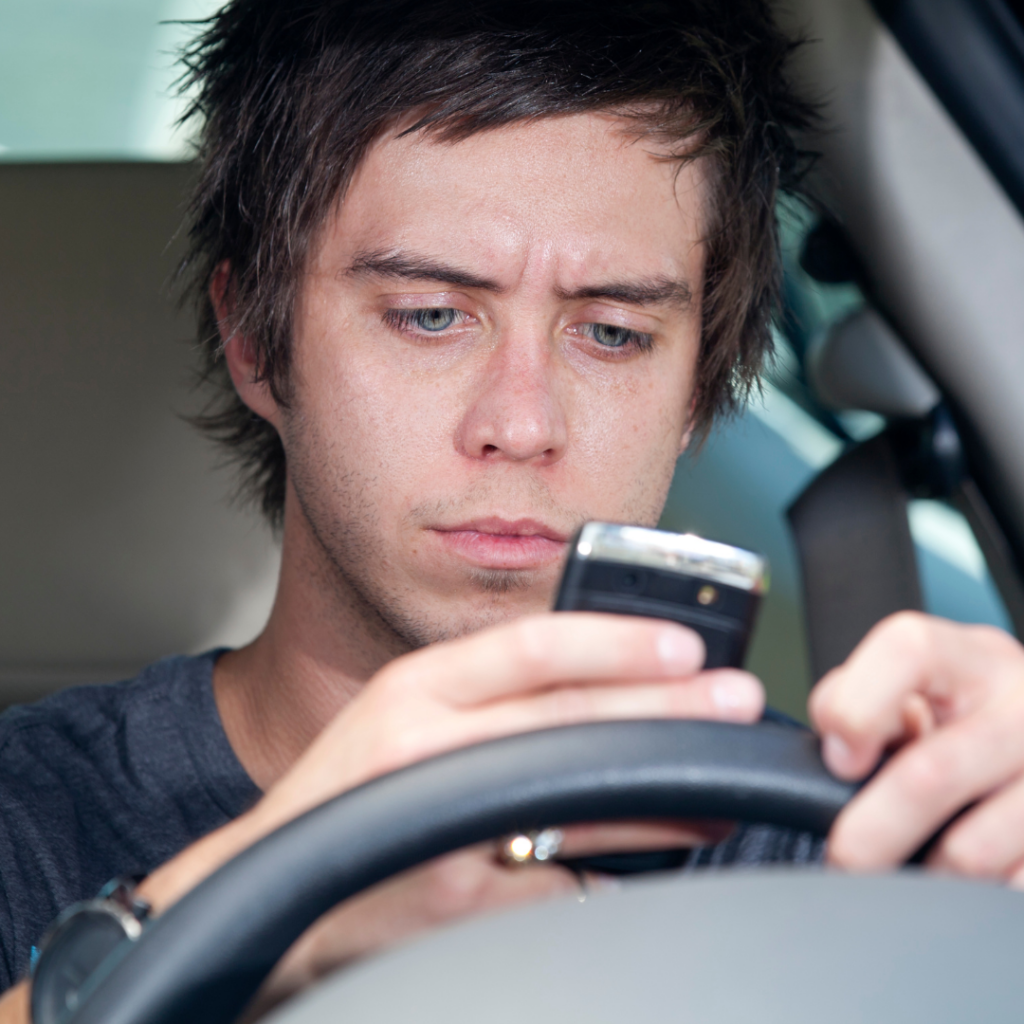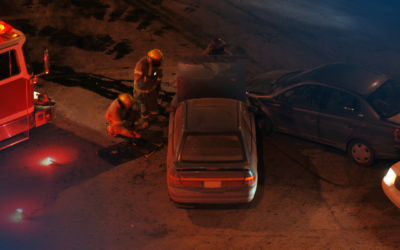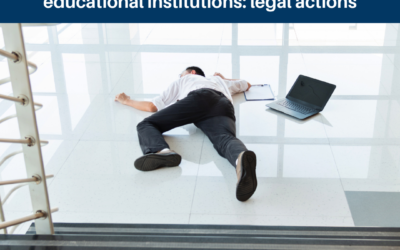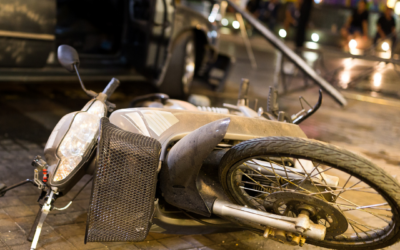Proving Driver Negligence in Pedestrian Accident Cases: Key Considerations
Pedestrian accidents are unfortunate and often result in serious injuries or fatalities. In such cases, determining driver negligence is crucial for the injured pedestrian to seek compensation. Below, we will explore the key considerations when proving driver negligence in pedestrian accident cases.
Proving Driver Negligence in Pedestrian Accident Cases: Key Considerations
1. Duty of Care: The first element in proving driver negligence is establishing the driver’s duty of care. All drivers are legally and utterly obligated to operate their vehicles with reasonable care and attention to ensure the safety of others, including pedestrians.
2. Breach of Duty: To prove negligence, it’s necessary to demonstrate that the driver breached their duty of care. This breach could involve various actions, such as texting while driving, speeding, running a red light, or failing to yield the right of way to pedestrians.
3. Causation: Establishing a causal link between the driver’s breach of duty and the pedestrian’s injuries is crucial. It requires demonstrating that the driver’s actions directly led to the accident, the specific circumstances, and the resulting harm to the pedestrian.
4. Damages: The pedestrian must provide evidence of the damages suffered due to the accident. This can include medical bills, rehabilitation costs, lost wages, and pain and suffering.
5. Witness Testimonies: Eyewitness accounts can play a significant role in proving driver negligence. These testimonies can corroborate the pedestrian’s version of events and provide crucial details about the accident.
6. Video and Photo Evidence: Surveillance cameras, dashcams, or photos taken at the scene can provide invaluable evidence. They may capture the accident as it happened and help establish the driver’s negligence.
7. Police Reports: Official police reports often include statements from both parties involved, witnesses, and an assessment of the accident scene. These reports can be influential in establishing negligence.
8. Expert Testimonies: In some cases, expert witnesses may be called upon to provide opinions on accident reconstruction or the driver’s behavior. Their professional insight can be influential in court.
9. Comparative Negligence: Some states use comparative negligence rules, which assess the pedestrian’s role in the accident. If the pedestrian is found to share a portion of the blame, it can affect the compensation they receive.
10. Evidence Preservation: Preserving evidence is essential. This includes securing accident reports, photos, and any relevant medical records. This prevents evidence from being lost or tampered with, strengthening the case.
11. Legal Counsel: Consult with an experienced personal injury attorney. They can assess the situation, gather evidence, and advocate for the pedestrian’s rights in negotiations or court.
12. Settlement vs. Litigation: Many pedestrian accident cases are settled out of court. However, if a fair settlement cannot be reached, litigation may be necessary to prove negligence and seek proper compensation.



